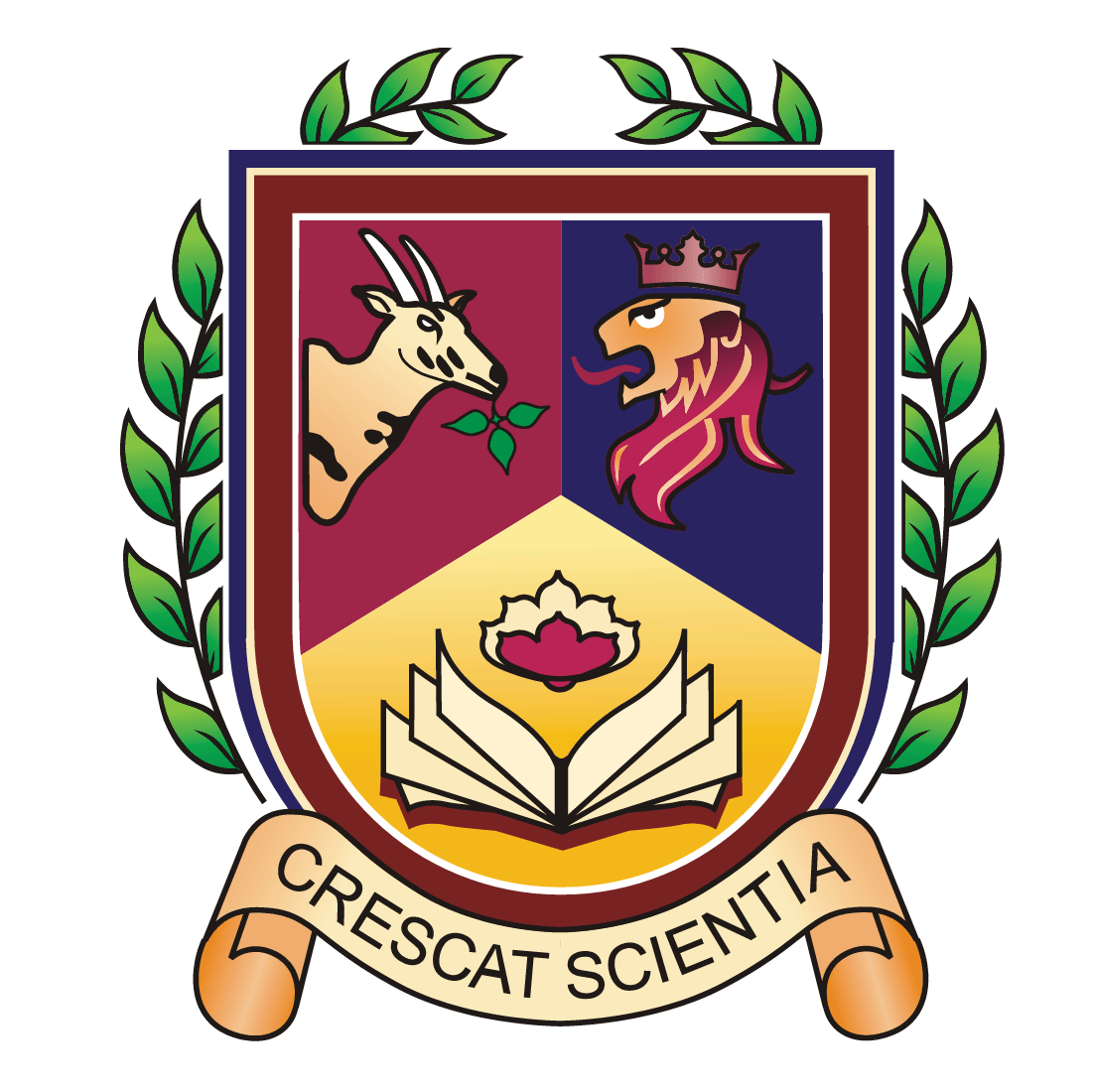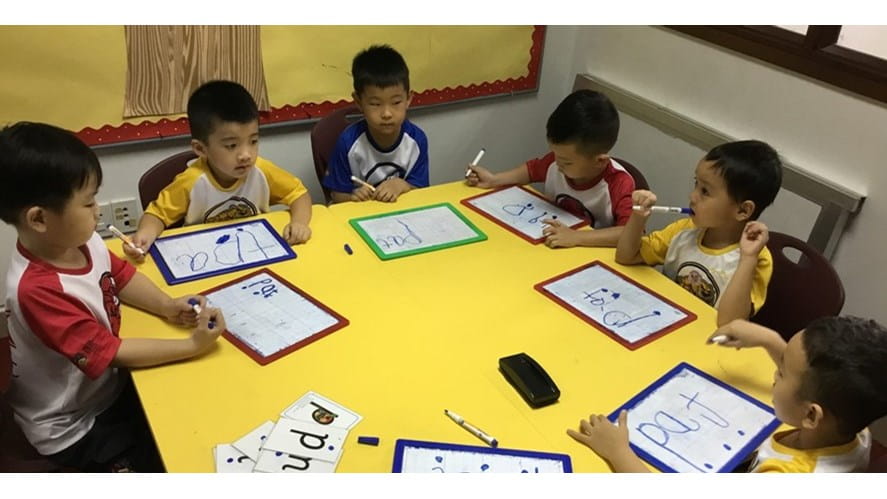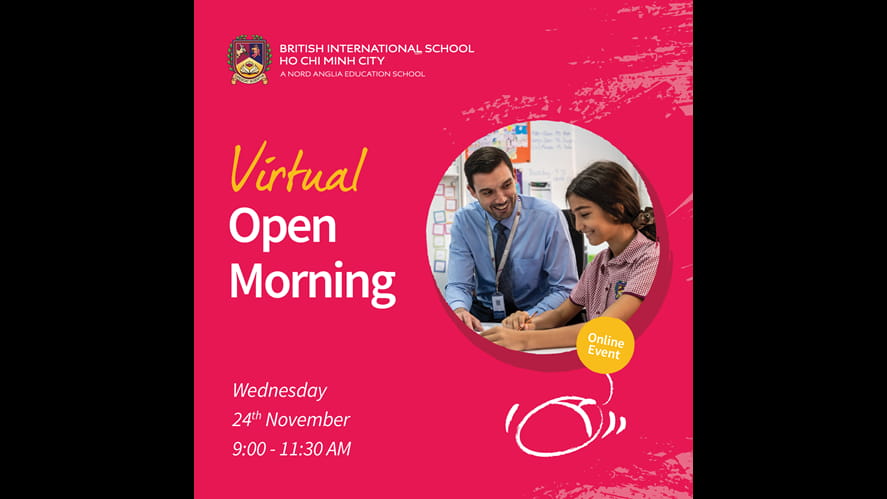How Phonics is used in the Classroom What is Phonics? This week the F3 and MP1 parents joined together to learn more about how phonics is used to teach their children to read and write.
Phonics is the relationship between letters and sounds in a language. Phonics teaches children to be able to listen carefully and identify the phonemes that make up each word. This helps children to learn to read words and spell words. Here at BIS HCMC the children are taught phonics through a program called Read, Write Inc. Ruth Miskin created this scheme to provide a structured and systematic approach to teaching phonics. It is used by more than a quarter of UK schools and is designed to create fluent readers, confident speakers and willing writers.
This Wednesday Ms Sara and Ms Hayley delivered a coffee morning to F3 and MP1 parents explaining how phonics begins before the children even see a letter.
Throughout F1 and F2 the children are encouraged to tune into their listening skills to hear and identify sounds in their environment. This prepares them later on for distinguishing the individual sounds in a words.
When the children enter F3 they then begin the formal side of teaching letters and their corresponding sounds. Sounds are taught in a set order which allows word building to begin almost immediately. Children in F3, Year 1 and 2 are groups to best support the rate in which they progress.
The role of the parent in supporting children’s phonics development is to read, read, read! This week your children will come home with a book mark that contains some top tips to support your child when reading at home. This is the perfect opportunity for them to practise their phonics knowledge, as well as building their vocabulary and imagination.
Please look through the presentation that was shared on Wednesday and if you have any further questions about the teaching of phonics do not hesitate to speak to your class teacher. You can find the presentation here:
Phonics Coffee Morning
Ms Hayley Dudley, Class teacher and EYFS Leader






.png?h=667&iar=0&w=1251&rev=4bcbc62dafb640728b652c18f05e8e8b&hash=DA1CCCDCE74AE2FAE1D46665850754EC)

